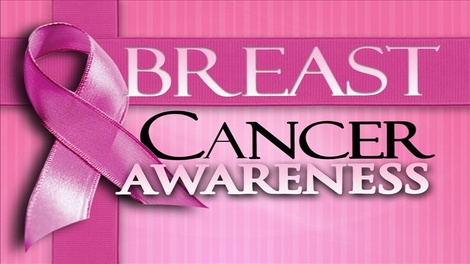
By Ategie Edwards
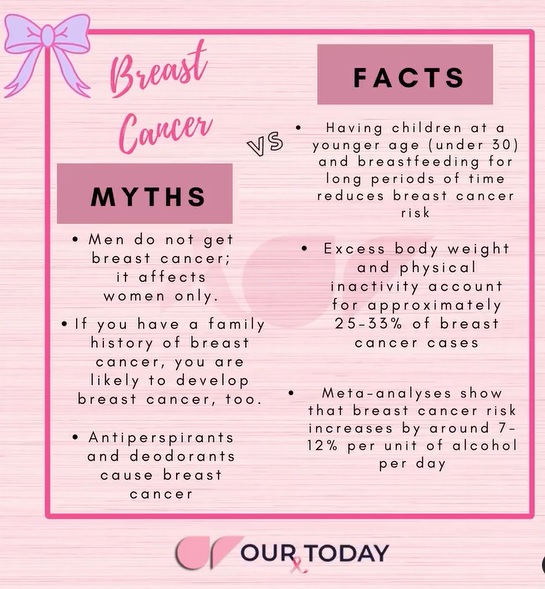
We’re two weeks into Breast Cancer Awareness Month and Our Today is continuing to give our readers insight into the disease.
Earlier this week, we took to Instagram to bring you some of the myths and facts around breast cancer and here we bring you more.
The disease is a scary thing, but are women (and men) doing all they can to lessen their risk of contracting the disease? Are you doing enough to get involved and learn what you can about breast cancer? Although the campaign has been observed for a number of years, there is still a lot of misinformation about the disease which we will help to debunk today. Know your facts!
MYTH – CARRYING A CELLPHONE IN YOUR BRA CAUSES BREAST CANCER
FACT: Research done has not found a link between breast cancer and cellphones. The media has often raised concerns that women who carry their phone in their bras are at a higher risk of developing the disease. Although this claim is not supported, women are still encouraged to refrain from carrying their cells in the bras by phone companies.
MYTH – FINDING A LUMP IN YOUR BREAST MEANS YOU HAVE CANCER
FACT – If you ever discover a persistent lump in your breast, do not ignore it! However, not all lumps found in the breast turn out to be cancer, in fact, only a small percentage of lumps are actually cancer.

MYTH – HAVING NO FAMILY HISTORY OF BREAST CANCER GUARANTEES YOU WON’T DEVELOP BREAST CANCER
FACT – The truth of the matter is, women who have a history of breast cancer in their family, are a much higher risk of developing the disease. Statistics show that only about five per cent to 10 per cent of persons diagnosed have a history of the disease in their family. Most women who contract the disease do not have a family history, which suggests that other facts are responsible for this.
MYTH – FREQUENT MAMMOGRAMS GUARANTEE EARLY DETECTION OF BREAST CANCER
FACT – Despite this being a very effective screening tool for breast cancer detection, this method actually is not foolproof. Statistics have shown that mammograms miss about 20 per cent of breast cancer presence – returning false-negative results. Women who have dense-breast tissue usually have a false-negative which leads to a late detection of the disease.


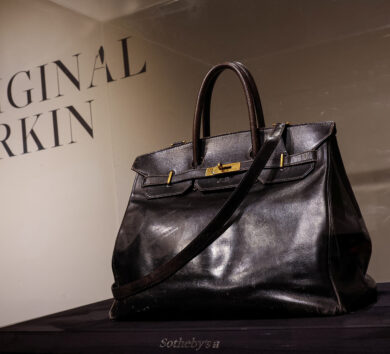

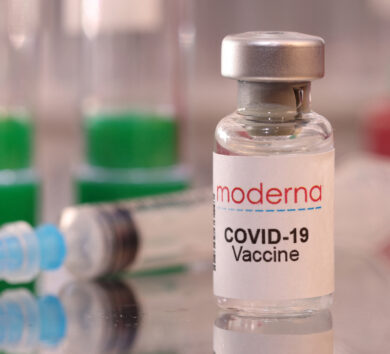

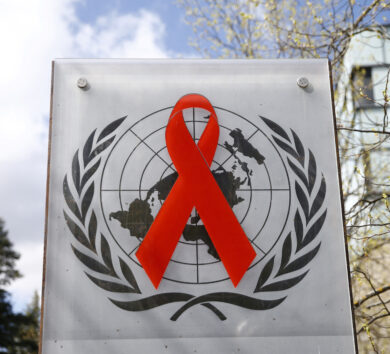
Comments